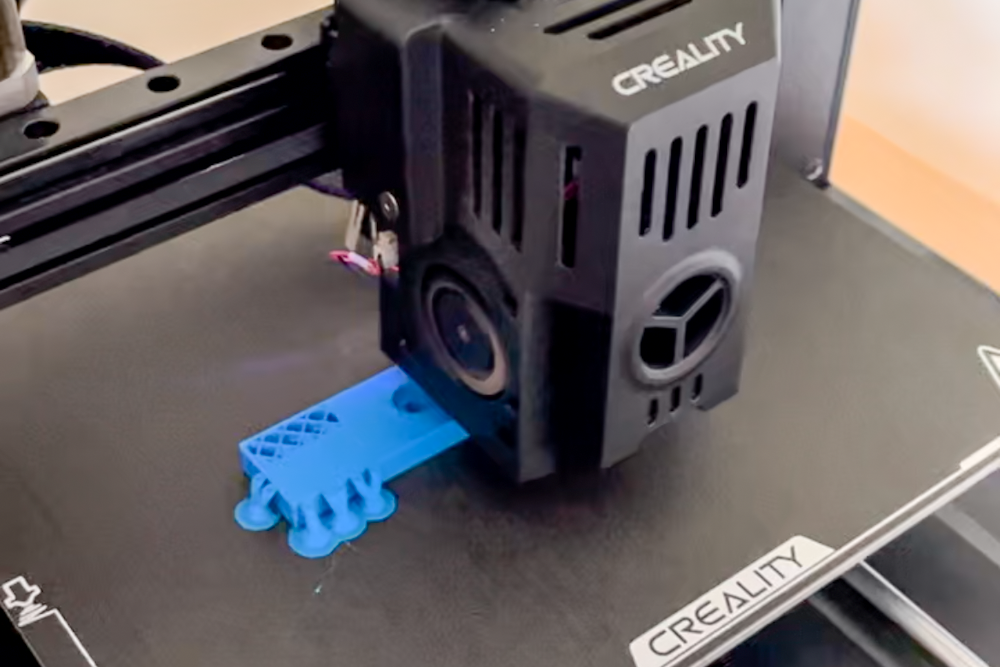
3D-printing: not magic, but close!
Share
3D printing might sound like something out of a sci-fi movie, but it's actually a pretty straightforward manufacturing technique that's changing how we create things. Imagine a printer that doesn't just put ink on paper, but builds three-dimensional objects layer by layer. This is how we produce our Lego wall mount brackets!
How 3D Printing Actually Works
3D printing (also called additive manufacturing) is exactly what it sounds like: creating three-dimensional objects by adding material gradually. Unlike traditional manufacturing methods where you start with a block of material and cut away what you don't want, 3D printing builds objects from the ground up
The process typically involves:
- Creating a digital 3D model using specialised computer software
- Slicing that model into ultra-thin layers
- Using a machine that deposits material (usually plastic, but sometimes metal or resin) layer by layer
- Gradually building up the entire object from these microscopic layers
Why 3D Printed Parts Aren't Perfect
Despite its impressive technology, 3D printing has some significant limitations that prevent it from matching the quality of injection molding:
Surface Texture
Because 3D printed objects are created layer by layer, you can often see and feel these individual layers. This creates a slightly rough, stepped texture that's very different from the ultra-smooth finish of injection-molded parts.
Structural Integrity
Each layer in a 3D printed object is essentially a tiny weld point. This means the part isn't as structurally uniform as an injection-molded piece. There can be microscopic gaps between layers, making the object potentially weaker and less resistant to stress - but our Lego mounts are still more than strong enough to hold your models.
Material Constraints
Injection molding can use a wide range of high-performance plastics with precise material properties. 3D printing is more limited, typically using fewer material types that might not have the same strength, heat resistance, or durability.
Precision Limitations
While 3D printing can create incredibly complex shapes, it struggles to match the extreme precision of injection molding. Tiny details can be less crisp, and dimensional accuracy can vary slightly.
The Silver Lining
Despite these limitations, 3D printing is revolutionary. It allows rapid prototyping, custom designs, and manufacturing of parts that would be impossible with traditional methods. For hobbyists, designers, and engineers, it's an incredible tool – just not a perfect replacement for all manufacturing techniques.
So next time you see a 3D printed object, appreciate the technology: it's not flawless, but it's pretty amazing nonetheless!

